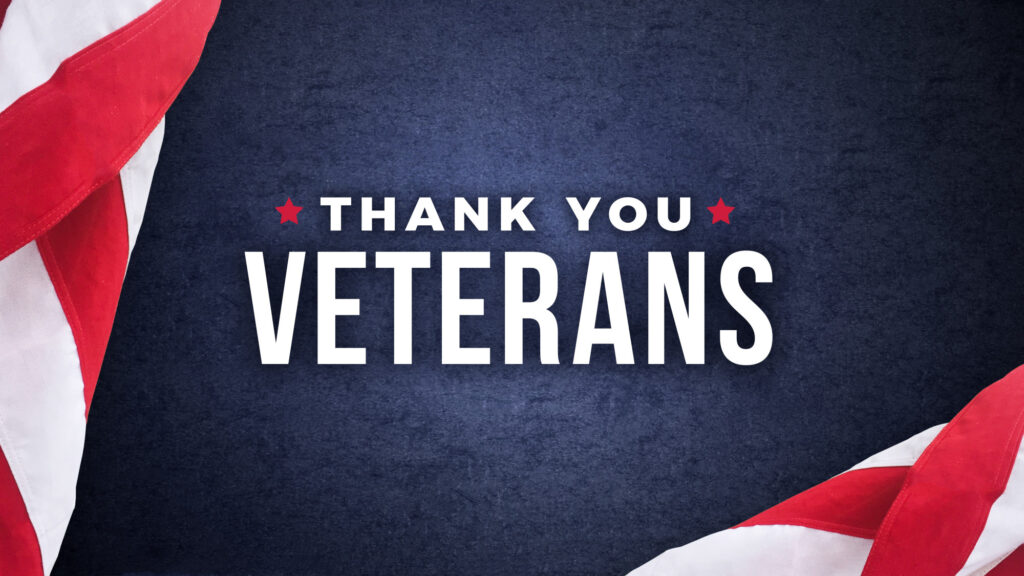About 27% of all veterans have a service-related disability. Are you one of them?
Service-related disabilities are common, but finding help and support for them isn’t always easy. To get support, veterans need to go through a stressful compensation and pension examination (otherwise known as a C&P exam) to prove that they need help.
We’re here to offer you a few tips for your C&P exam so you can get the support and compensation you deserve. Read on to learn more.
Know and Understand Your Records
When you’re getting ready to prepare for your C&P exam, make sure that you know your own personal records like the back of your hand. You can keep your documents with you (we’ll discuss that more later on), but you want to be able to speak confidently about your condition without having to continue referring to your documents.
You’ll want to know your Service Treatment Records (STRs) and your VA medical records, as well as any other relevant personal medical records.
Your answers to any questions should match your records. You should be able to discuss your diagnosis and symptoms, as well as when those symptoms started. Your answers don’t have to be exact (after all, memory is fallible), but you need to have a firm enough grasp on your records that you can assure the examiner that you’re being honest and you understand the situation.
Learn the Schedule for Rating Disabilities
It’s crucial that you understand the schedule for rating disabilities (otherwise known as the VASRD). It’s the law that governs every VA disability claim. It contains over 900 ratable disabilities.
You’re going to learn what words and symptoms are associated with your disability. Often, saying the wrong thing can mean you don’t get what you’re entitled to, just because you used the wrong words for the right condition.
You can also look into the public disability benefits questionnaire for your specific disability. This will let you know what the examiner is looking for.
Remember, you’re not trying to trick the examiner. You’re trying to make sure they understand what you’re going through, and that may mean learning how to use the right “keywords” to explain your disability.
Be Honest, But Don’t Sugar-Coat
Many people make the mistake of rejecting vulnerability and sugar-coating their condition. They describe how they feel on a good day. They leave out some of the more embarrassing moments associated with their condition.
Don’t do this.
You want to be honest and describe the day-to-day problems that you encounter as a result of your condition. Even “embarrassing” ones such as erectile dysfunction or alcohol abuse to relieve pain and anxiety. Don’t sugar-coat anything.
When you’re in the midst of C&P exam preparation, try to take note of how you feel during your bad days. If you’ve been struggling with your condition for a while, you may forget how uncomfortable it really is. Make a conscious effort to notice every detail of how your disability affects you.
You shouldn’t lie and overstate your disability, but you should be honest and vulnerable. Don’t talk about how on good days you can still go to the gym and hang out with friends. Everyone has good days, but those good days don’t make the bad days less significant.
Go Into Detail About Your Impairment
The examiner wants to know that your condition is actually impairing you in your day-to-day life. If it’s not, you won’t qualify for benefits. Make it clear that your disability has a negative impact on your life.
This is true for both physical and mental disabilities.
When it comes to physical disabilities, you need to be able to explain any pain, limitations in your range of motion, or loss of use of a specific body part.
For your mental conditions, perhaps your post-service anxiety or PTSD has made it impossible to maintain a job.
These things matter. They show the examiner that you need help and support because you’re no longer able to function optimally.
Try to Provide Specific Events
Prior to your C&P exam, try to think of specific events (with dates) that relate to your disability. It’s okay if you don’t have the day, but the month (or season) and year will be helpful.
It’s normal to forget things, especially when you’ve had a traumatic experience. However, providing specific events will make your case seem more “legitimate” and give the examiner more insight into your condition.
It’s also helpful to be able to discuss your life as it was before and after the event that caused your disability. Explain what changed. Paint a clear picture.
Bring Any Necessary Notes and Documents
It’s appropriate to bring notes and documents with you to the exam. The examiner doesn’t have to see them (though you’re welcome to offer them).
This can be helpful if you get nervous or if you struggle with your memory. You can also leave your documents behind with the examiner if you think they’ll help your case.
Remember the Exam Starts Upon Arrival
Before the C&P exam, make sure you’re prepared to start as soon as your car gets into the parking lot.
If your exam day is a “good day” for you, you should still avoid being too peppy or active. Don’t go above and beyond to look strong or confident. This could work against you.
There may be cameras outside and the examiner may be watching. This isn’t a normal interview.
Are You Ready for Your C&P Exam?
Your C&P exam is coming up soon. Are you feeling ready?
Try not to worry. If you keep these tips in mind and your examiner is fair, you have a good chance of getting the outcome you deserve. We understand how stressful this is, however.
Do you need help navigating the complicated and confusing VA claims process? We want to help you. Contact us to book a call today so you can get what you deserve.

